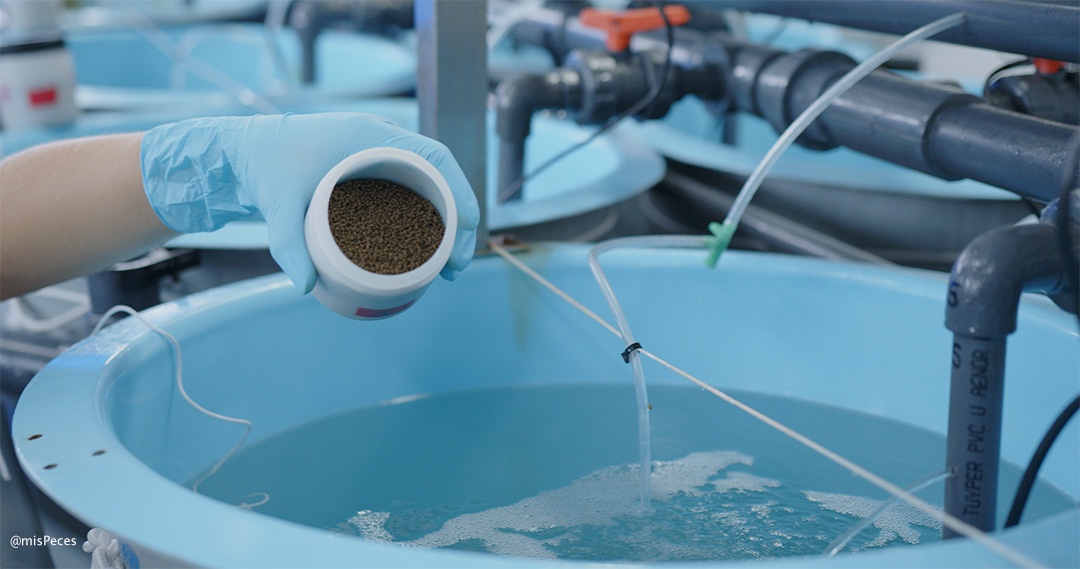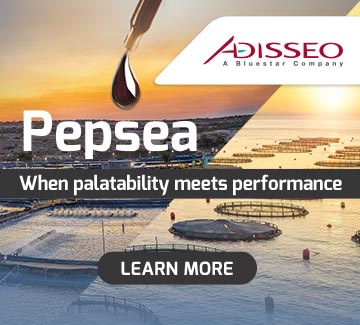
Functional feeds, designed to enhance the host’s immune response and improve disease resistance, have become one of the most popular strategies to mitigate the impact of disease outbreaks and abiotic stressors in aquaculture.
In an interview with misPeces, Dr. Enric Gisbert, co-author of a recent review article titled “All that glitters is not gold: towards the standardisation of experimental trials assessing functional feeds with immunomodulatory properties”, stresses that functional feeds are already “a reality for the industry as prophylactic elements given the limited availability of vaccines and the reduction in the use of antibiotics”. For this reason, the diet, he adds, is considered “a valid and efficient tool for improving the condition of the fish by enhancing their immune response against infectious agents.”
However, despite the large number of studies published annually on this topic, praising “the properties of a great number of compounds” (about 400 articles in the last five years), the authors have detected an urgent need to standardise the evaluation criteria for these additives. The lack of consistent protocols regarding trial duration, the selection of end-points, and the composition of the basal diet complicates the comparison of results, ultimately limiting the industry’s ability to translate research into reliable commercial solutions.
The primary message for production professionals is that a feed’s efficacy must be measured by its genuine protective capacity, and not merely by laboratory indicators. The authors of the study criticise that, when reviewing the literature, one finds that “a large proportion of studies base their conclusions on cellular or humoral immune response indicators or biomarkers without truly validating the organism’s immune capacity against a pathogen”. This is problematic, he notes, because the ability to cope with a disease is “a much more complex process that affects various tissues and organs of the animal”.
Therefore, the evaluation of a protective additive should not be based solely on biomarker end-points. These studies, adds Gisbert, must be complemented with survival data (RPS) of specimens exposed to an in vivo infective challenge. This is the most valuable and widely accepted indicator in the industry for demonstrating efficacy.
Despite protection being the ultimate goal, the review of 306 publications indicated that only 46.1% included a challenge with a biotic or abiotic stressor, representing a major blind spot for the productive sector.
Enric Gisbert insists that “based on this, it is necessary to standardise the studies related to additives, ingredients or functional diets with immunomodulatory capacities”.
This standardisation translates into clear directives for suppliers and formulators. To ensure scientifically robust comparisons, it is recommended to adhere to the guidelines of regulatory agencies such as EFSA (European Food Safety Authority) concerning the “minimum duration of the trial and size of the animals”. A minimum duration of 84 days is stipulated for efficacy trials during the on-growing phase. The alarming finding is that only a scarce 4.3% of the studies examined in the last five years complied with a minimum duration of 90 days.
Furthermore, standardisation implies the “better characterization of the additive in terms of origin, purity, and/or composition” and giving special consideration to the basal diet used in these studies, which must have a composition “as close as possible to those used by the industry and in which functional ingredients that may mask the effects of the ingredient or additive to be tested are not included”. In addition to the infective challenge, the review stresses that abiotic factors such as temperature, water flow, light, and water quality must be considered in the experimental design, as they heavily influence the development of disease.
In a sector facing multi-billion dollar losses every year globally due to disease outbreaks, standardisation is presented as a strategic measure to ensure that functional feeds are truly proactive, preventative, and sustainable tools.


